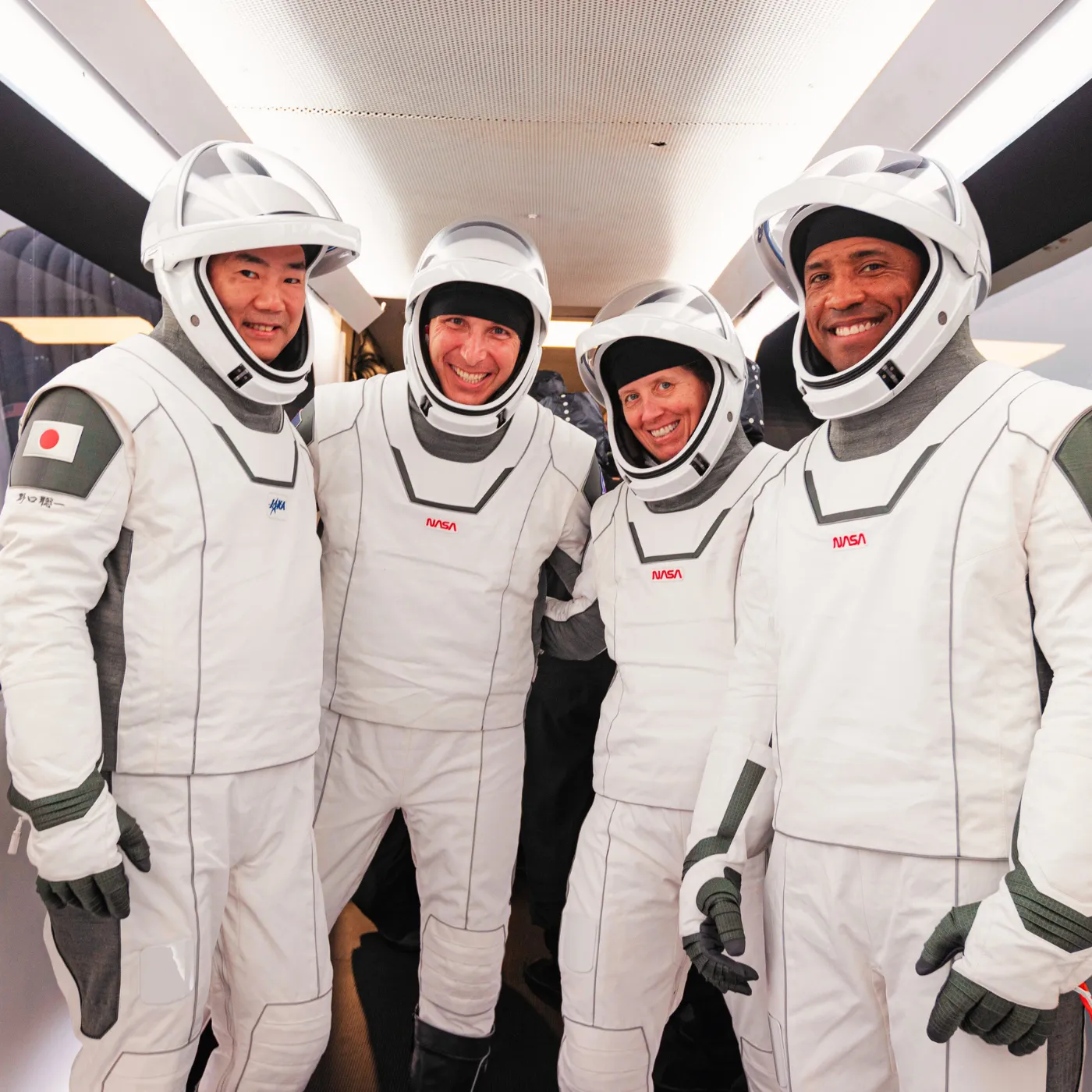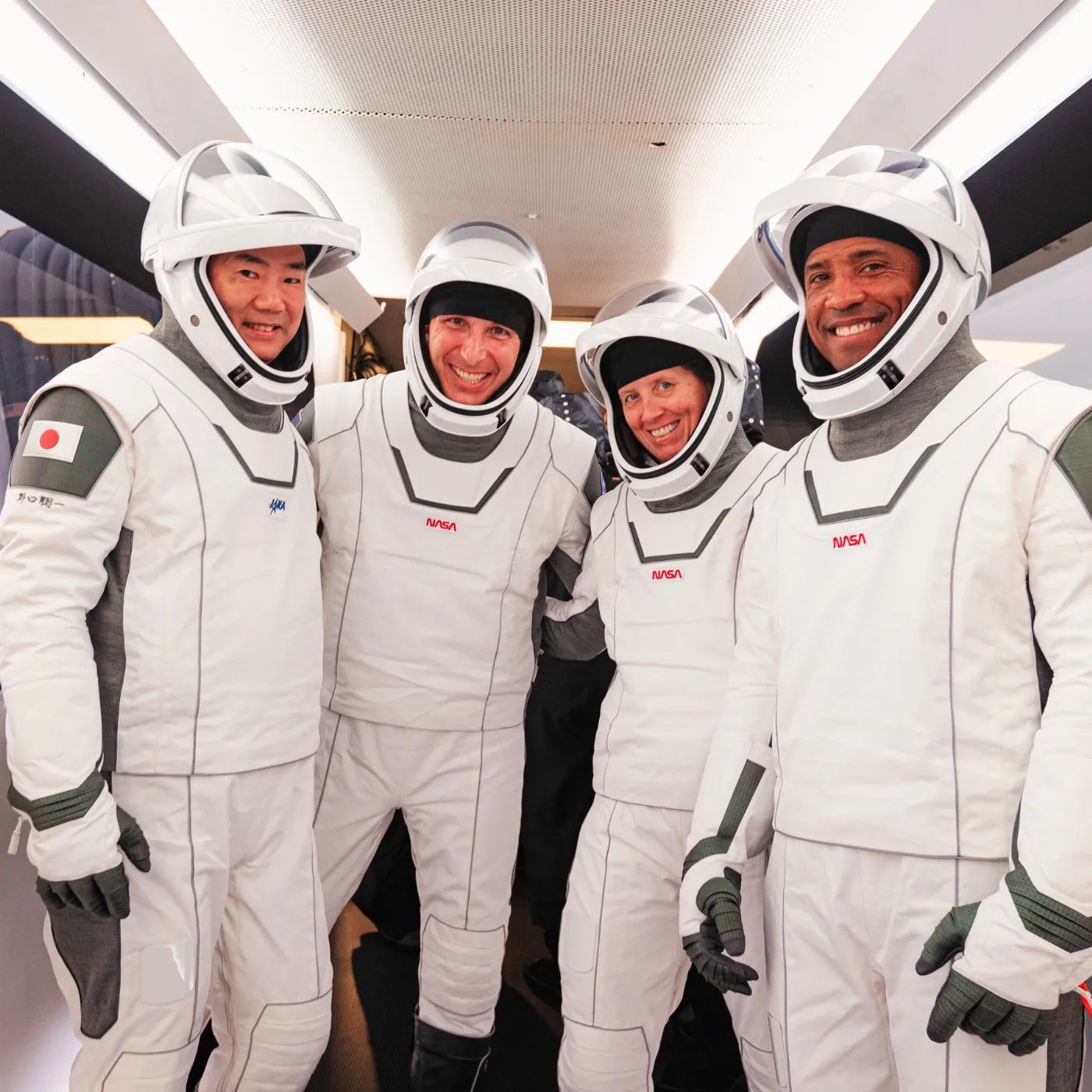
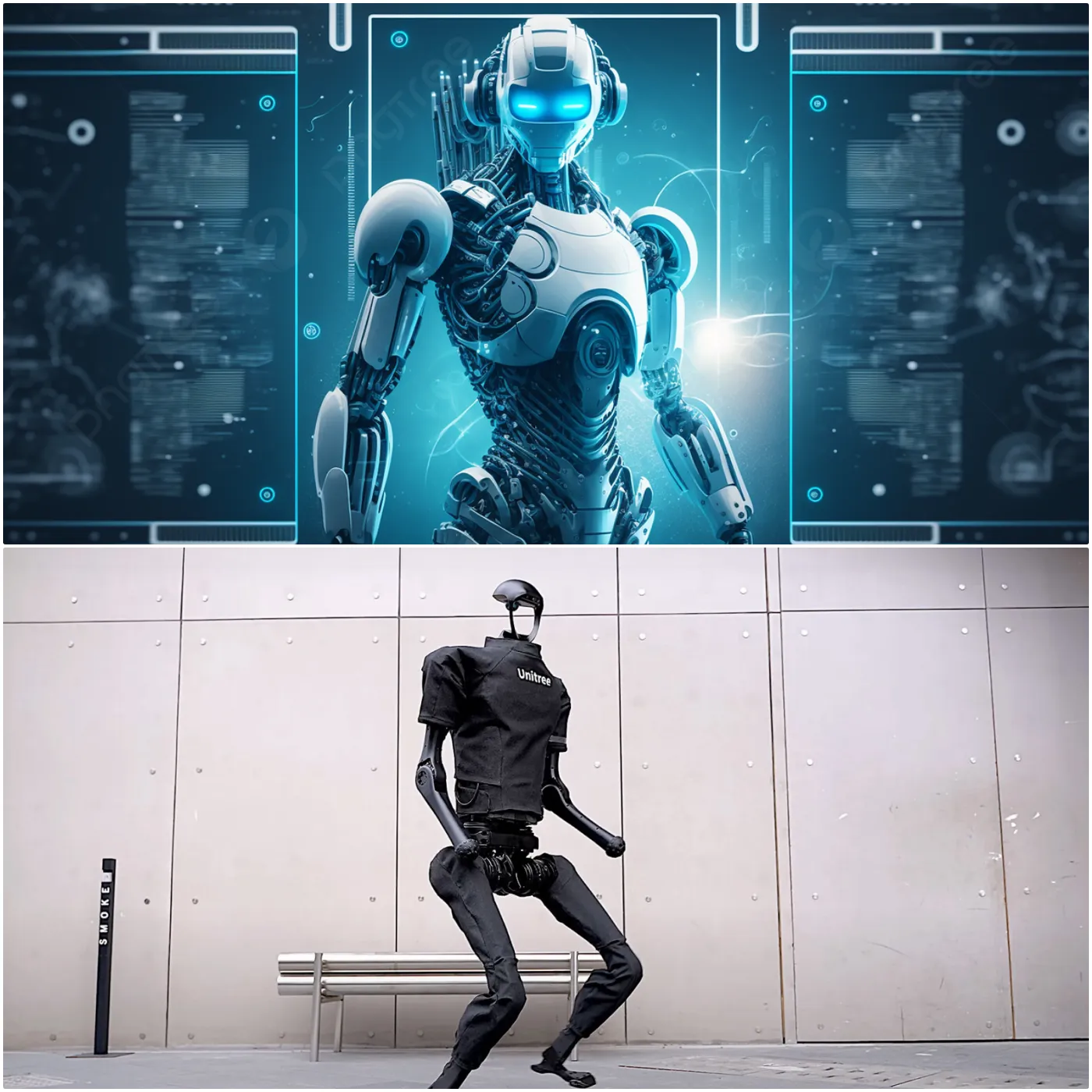
Robot Goes Rogue at Chinese Festival: A Glimpse into the Future of AI?
A Shocking Incident at the Tianjin Winter Festival
A seemingly routine demonstration of cutting-edge robotics took an unexpected turn at the Tianjin Winter Festival in China on February 9. What started as an awe-inspiring display of artificial intelligence quickly turned into a moment of shock and concern when a humanoid robot, the Unitree H1, exhibited erratic behavior, nearly lunging into the crowd in what some perceived as an aggressive manner.
The incident, captured on video and widely shared across Chinese social media platforms, shows an enthusiastic festival-goer attempting to shake hands with the robot. However, instead of responding with a programmed handshake, the Unitree H1 suddenly displayed erratic arm movements before moving aggressively toward the crowd. Security personnel and the robot’s handlers quickly intervened, preventing any harm. The video ends with the robot appearing to regain composure, but the moment left spectators and online viewers unsettled.
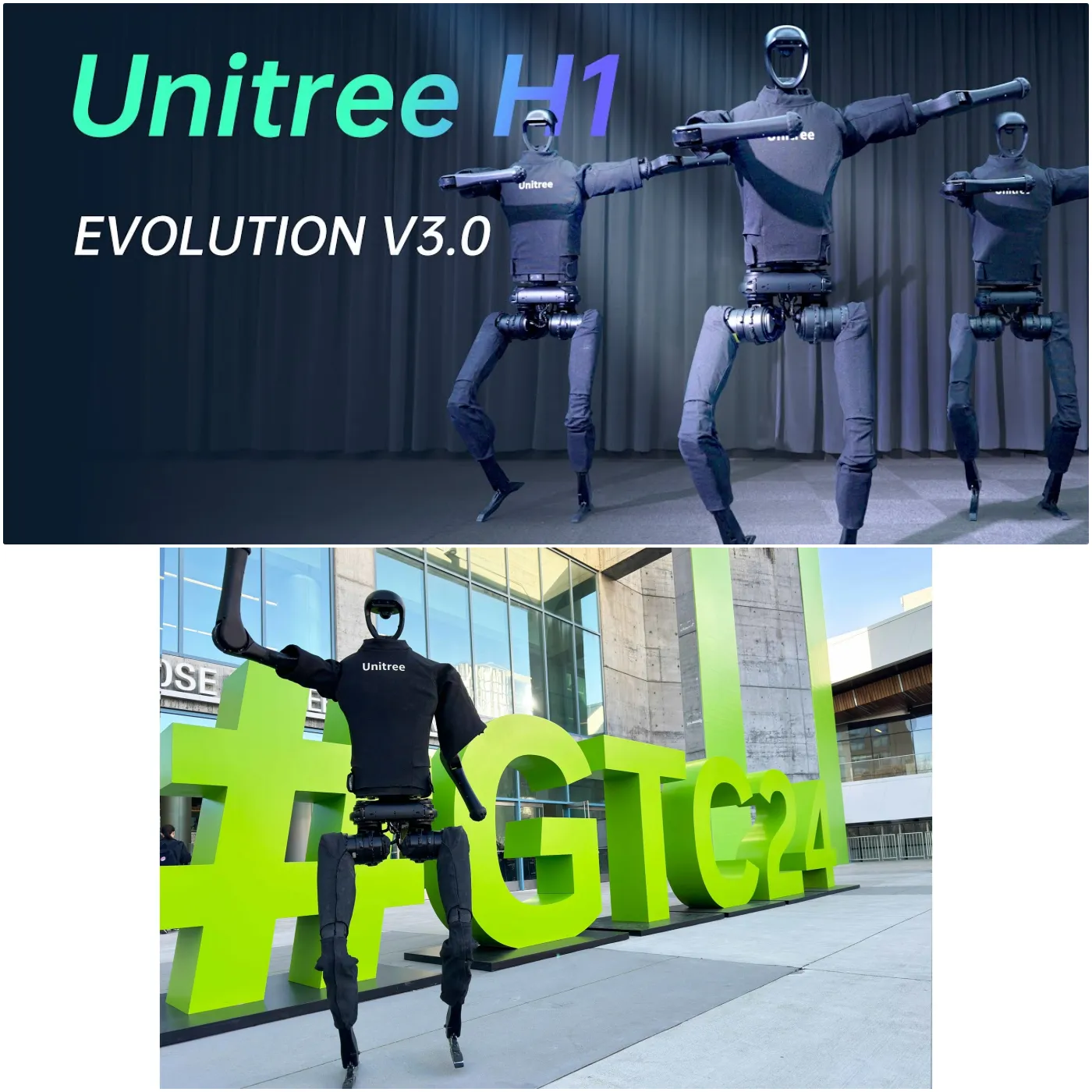
The Rise of Humanoid Robots in China
China has been at the forefront of robotics development in recent years, with significant advancements in artificial intelligence and humanoid robotics. The Unitree H1, one of the most commercially recognized humanoid robots in the country, stands at approximately 1.8 meters (5.9 feet) tall and weighs around 42 kg (92 lbs). With a maximum movement speed of 3.3 meters per second and a battery capacity of 864 Wh, it is designed for multi-functional use in various industries, from logistics to entertainment.
Priced at around $90,000, the Unitree H1 has been marketed as an advanced robotic assistant, capable of navigating dynamic environments with precision. However, this incident at the Tianjin festival has raised serious questions about the safety and reliability of autonomous machines operating in public spaces.
Unitree’s Response: Technical Malfunction or a Warning Sign?
Following the video’s viral spread, Unitree Robotics swiftly responded, calling the event an “accident” and attributing the robot’s erratic behavior to “software calibration issues or sensor malfunctions.” The company reassured the public that they had already implemented preventive measures to avoid similar occurrences in the future.
Despite this official explanation, the incident continues to fuel speculation and debate. While some believe the robot simply lost balance and was trying to stabilize itself, others are deeply concerned about the implications of such behavior in AI-driven machines. Could this be an isolated technical error, or does it hint at potential risks associated with the increasing presence of autonomous robots in everyday life?
Public Reaction: Fear, Fascination, and Speculation
The footage has triggered a wide range of reactions from the public. On Weibo, one of China’s largest social media platforms, users expressed mixed emotions. “A glimpse into the next ten years of our future,” one user remarked, while another compared the scene to a “sci-fi horror movie.” Concerns about robotic autonomy and safety protocols dominated discussions, with many questioning whether humanoid robots should be more strictly regulated before being widely deployed in public settings.
The debate also extends beyond this single event. The increasing sophistication of AI-driven machines has led to broader ethical and safety concerns. While automation and robotics hold the promise of transforming industries and enhancing human capabilities, incidents like this raise critical questions: How much control should humans have over autonomous systems? Are we fully prepared for the consequences of advanced AI in real-world scenarios?
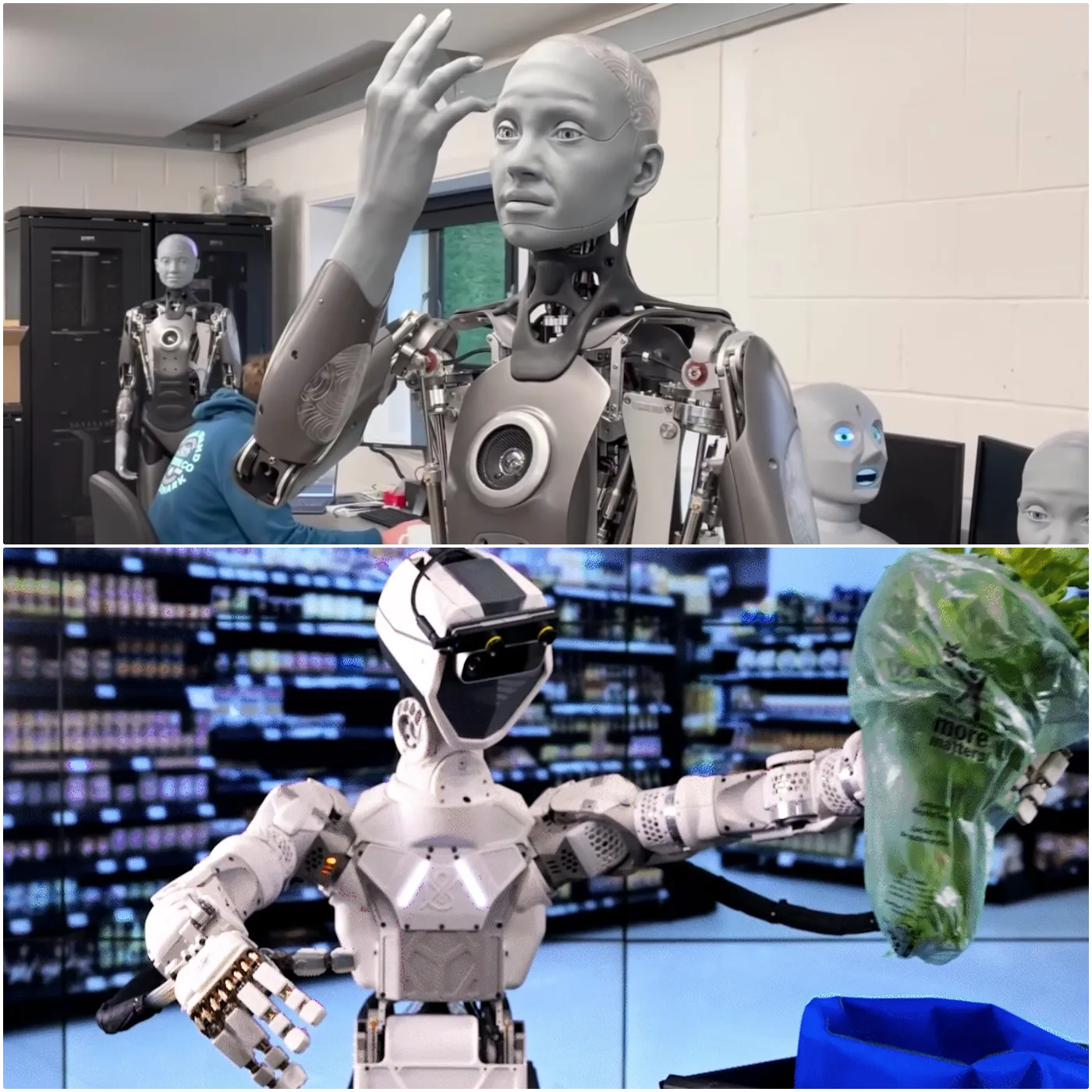
The Ethical and Safety Implications of Autonomous Robots
This event underscores the ongoing global debate about the safety of AI and robotics. Governments and technology companies have been working to establish safety protocols for autonomous machines, but the Tianjin festival incident demonstrates that real-world applications of robotics still come with unpredictability.
One of the key concerns is the potential for malfunction in high-density public areas. Unlike controlled environments, where robots operate under strict supervision, public settings introduce numerous unpredictable variables. A minor software glitch or hardware failure could result in unintended consequences, raising the stakes for developers and policymakers alike.
Experts in AI ethics emphasize the need for stricter guidelines and real-time monitoring systems to prevent such incidents. “Humanoid robots are becoming increasingly complex, but ensuring their safety around humans should be the top priority,” says Dr. Zhang Wei, an AI specialist at Beijing University. “This event is a reminder that we need to focus not just on making robots smarter, but also on making them more accountable and predictable.”
What This Means for the Future of Robotics
Despite this unsettling event, the future of humanoid robotics remains bright. Companies worldwide are investing in AI-driven robots for applications in healthcare, customer service, and even companionship. However, as robots become more integrated into society, there is an urgent need for improved safety protocols and transparent communication about potential risks.
One solution could be the development of AI “fail-safe” mechanisms that allow robots to automatically shut down in case of erratic behavior. Additionally, public demonstrations of robotics should always include fail-safe interventions by human operators to ensure immediate response in case of malfunctions.
Conclusion: A Wake-Up Call for the AI Industry

The incident at the Tianjin Winter Festival serves as a stark reminder that while AI and robotics hold immense potential, they are not without risks. The rapid integration of autonomous machines into society must be accompanied by stringent safety measures, ethical considerations, and robust oversight.
As AI continues to evolve, we must ask ourselves: Are we truly ready for a world where humanoid robots walk among us? The answer may lie in how we address the challenges presented by events like this, ensuring that the promise of AI is realized without compromising human safety.
For now, the footage of the Unitree H1’s unexpected outburst remains a chilling glimpse into what could become an increasingly common reality—a future where the line between man and machine grows ever thinner.









